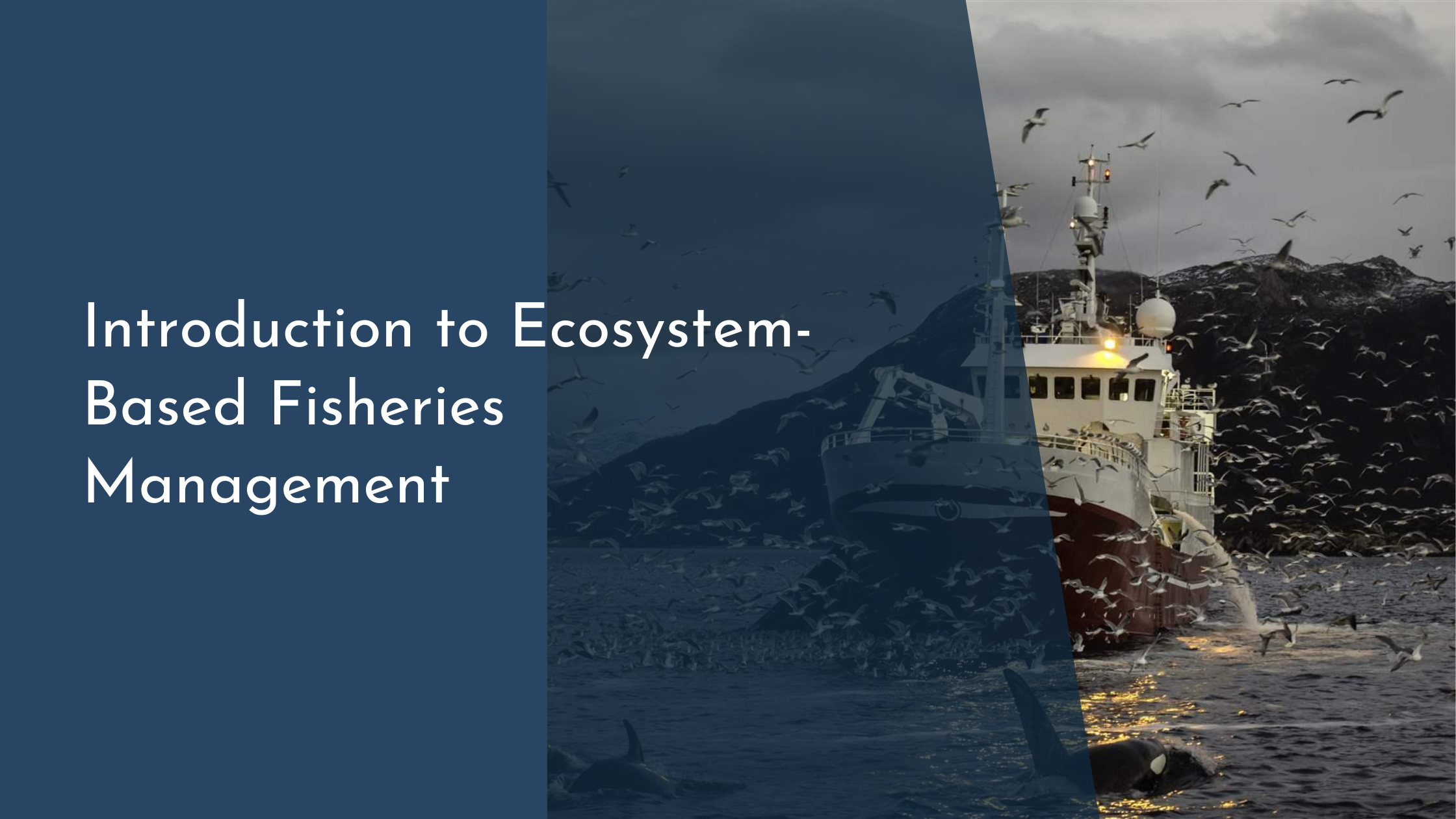Introduction to Ecosystem-Based Fisheries Management
The ocean is a realm of wonder, teeming with life and laden with resources vital to human survival. However, traditional fisheries management has often overlooked the intricate interconnections within marine ecosystems. This oversight has led to resource depletion and habitat degradation. Enter Ecosystem-Based Fisheries Management (EBFM), a holistic approach that aims to sustain healthy marine environments while supporting fisheries. Join us as we explore the foundational concepts, principles, strategies, and real-world applications of EBFM.
Understanding Ecosystem-Based Management
Ecosystem-Based Management (EBM) is a comprehensive and integrated approach that considers the entire ecosystem, including humans, rather than focusing on a single species or resource. This paradigm shift acknowledges that ecosystems are complex systems of interacting organisms and their physical environments. EBM aims to maintain an ecosystem in a healthy, productive, and resilient condition so that it can provide the services humans want and need. This approach contrasts sharply with traditional management strategies that often focus narrowly on specific fish stocks without regard to broader environmental impacts.
Ecosystem-Based Management recognizes that the sustainability of fisheries is inherently linked to the health of the entire marine ecosystem. By considering factors such as predator-prey dynamics, habitat conditions, and climate change effects, EBM seeks to create a balance that supports diverse marine life and the communities relying on these resources. This approach not only benefits the environment but also enhances the long-term viability of fishing industries, making EBM a win-win for both nature and people.
Key Principles and Benefits
One of the key principles of Ecosystem-Based Fisheries Management is the integration of management across sectors and scales. This entails coordinating policies and practices that affect the ecosystem, such as fisheries, tourism, and coastal development. By doing so, EBFM promotes coherence and synergy, preventing actions in one area from negatively impacting another. Another critical principle is the precautionary approach, which prioritizes conservation and restoration, especially in the face of scientific uncertainty.
The benefits of EBFM are manifold. First, it supports biodiversity by protecting critical habitats and fostering resilient food webs. This, in turn, enhances the ecosystem’s ability to provide services like fish production, carbon sequestration, and coastal protection. Furthermore, EBFM promotes socio-economic stability for communities reliant on marine resources by fostering sustainable fishing practices that ensure the long-term availability of fish stocks. By embracing EBFM, we invest in a future where oceans are both productive and healthy.
Implementing Effective Strategies
Implementing EBFM requires a suite of strategies tailored to the unique characteristics of each ecosystem. This begins with scientific research and data collection to understand the ecosystem’s dynamics and identify key species and habitats. Marine spatial planning is a valuable tool in this regard, as it helps allocate ocean space for different uses while minimizing conflicts and protecting critical areas. Stakeholder engagement is also crucial, involving fishers, scientists, policymakers, and local communities in the decision-making process.
Adaptive management is another cornerstone of EBFM, involving continuous monitoring, evaluation, and adjustment of practices based on outcomes and new scientific insights. Emphasizing flexibility allows management to respond promptly to environmental changes and emerging threats. Integrated monitoring systems and technology, such as remote sensing and automated data collection, play a vital role in providing the necessary feedback for adaptive management, ensuring decisions are grounded in the most up-to-date information.
Challenges and Success Stories
While the benefits of Ecosystem-Based Fisheries Management are clear, numerous challenges must be addressed. One significant challenge is the complexity of ecosystems, which makes it difficult to predict outcomes and assess risks accurately. Limited data availability and scientific uncertainties can hinder effective decision-making. Additionally, achieving cooperation among diverse stakeholders, each with unique interests and priorities, can be a daunting task. These challenges underscore the importance of ongoing research, open communication, and collaborative governance frameworks.
Despite these hurdles, there have been notable success stories that showcase the potential of EBFM. For instance, the Chesapeake Bay in the United States has seen positive effects through integrated management efforts addressing nutrient pollution and habitat restoration. Similarly, the Great Barrier Reef in Australia demonstrates how comprehensive management and conservation efforts can protect biodiversity while supporting sustainable tourism and fishing. These examples highlight that, with commitment and collaboration, EBFM can lead to thriving ecosystems and communities.
In a world facing ever-growing environmental challenges, Ecosystem-Based Fisheries Management offers a beacon of hope. By looking beyond individual species and focusing on entire ecosystems, EBFM presents a pathway to sustainable fisheries and healthy oceans. While obstacles remain, the success stories and ongoing advancements in technology and science provide encouragement. As we move forward, embracing this holistic approach is essential to ensuring vibrant marine ecosystems for generations to come.


